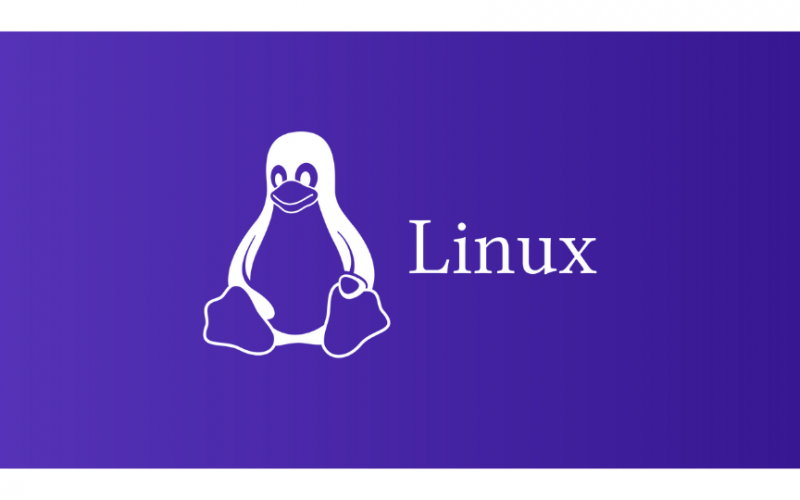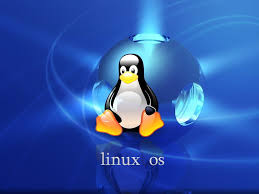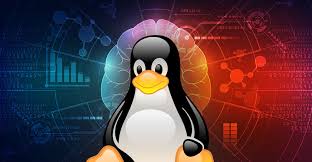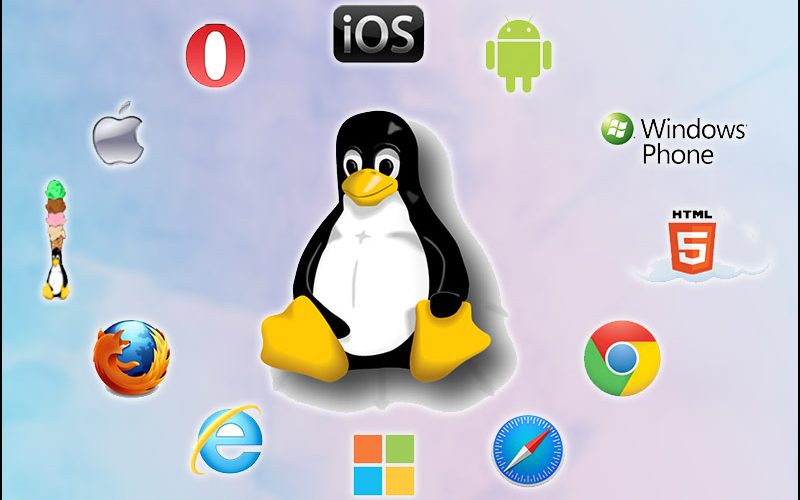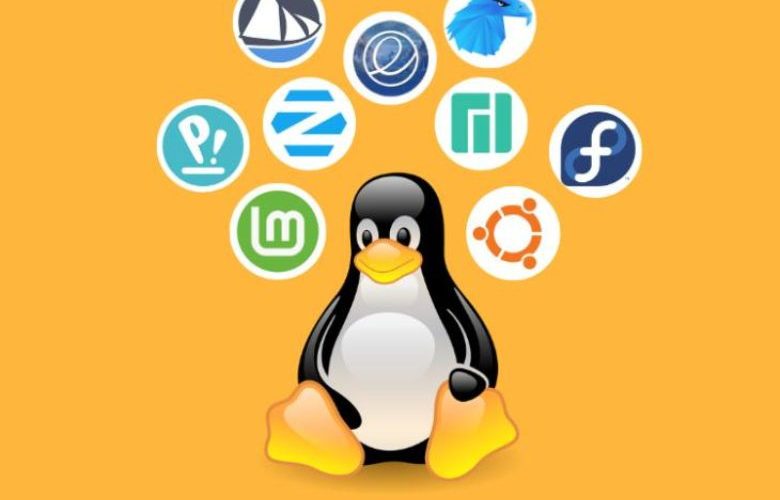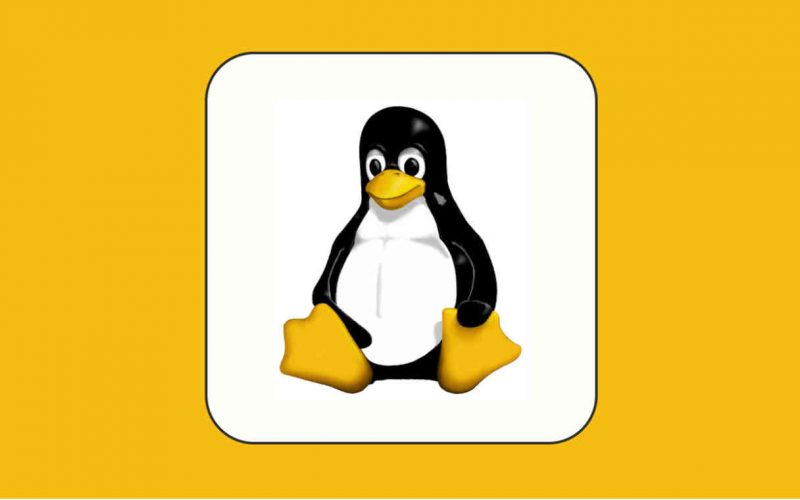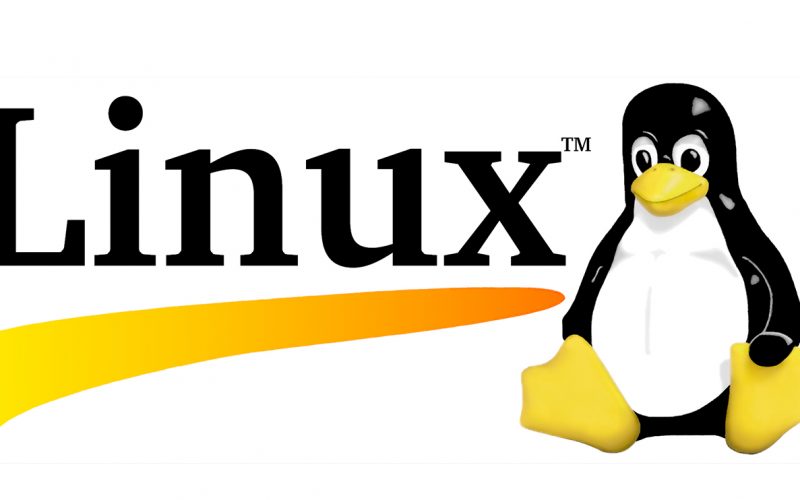01
Oct
In Linux, file permissions and ownership play a crucial role in determining who can access, modify, and execute files and directories. Understanding and managing file permissions and ownership is essential for maintaining security and controlling access to system resources. Here are the key concepts and commands related to file permissions and ownership: File Permissions: In Linux, each file and directory has three types of permissions: read (r), write (w), and execute (x). These permissions can be assigned to three entity groups: the owner (u), the group (g), and others (o). To view file permissions, use the ls -l command. Permissions are displayed…
